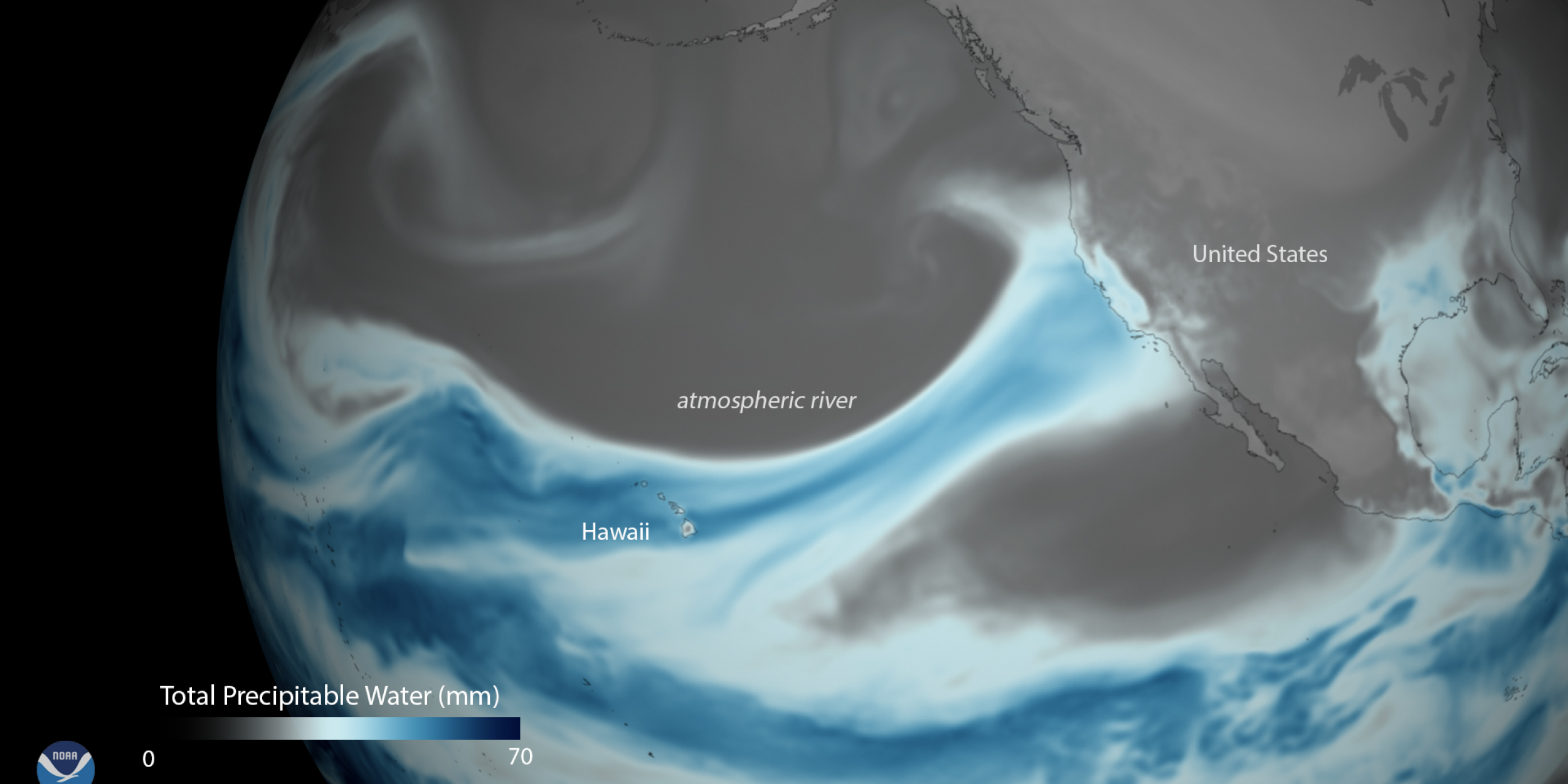Carrying condensed tropical moisture, atmospheric rivers are responsible for transporting moisture thousands of miles and providing up to 50% of West Coast precipitation in certain locations. The temperatures of storm systems supplied with water by ARs play a vital role in determining the impacts of an AR event, such as the ratio of rain to snow. Additionally, changes in west coast storm temperatures have implications in water storage and flood risk. In a new Journal of Geophysical Research: Atmospheres, authors Katerina R. Gonzales, Daniel L. Swain, Kyle M. Nardi, Noah S. Diffenbaugh, and MAPP-funded PI Elizabeth A. Barnes, found substantial warming in AR-fed events in both seasonal and monthly scales, as well as seasonal and regional variations in the amount of warming along the US West Coast. To better understand the warming of AR-fed storms at landfall regions, monthly temperature trends were compared with trends in temperature along the AR tracks, background temperature over the landfall region, and temperature over the coastal ocean adjacent to the landfall region. It was found that the most robust warming occurs in November and March. This warming, in turn, has been shown to increase regional flood risk and decrease water storage. This study motivates further investigation in other AR‐prone regions around the globe.
———————————————————————————————–
About MAPP
The Modeling, Analysis, Predictions, and Projections (MAPP) Program is a competitive research program in NOAA Research’s Climate Program Office. MAPP’s mission is to enhance the Nation’s and NOAA’s capability to understand, predict, and project variability and long-term changes in Earth’s system and mitigate human and economic impacts. To achieve its mission, MAPP supports foundational research, transition of research to applications, and engagement across other parts of NOAA, among partner agencies, and with the external research community. MAPP plays a crucial role in enabling national preparedness for extreme events like drought and longer-term climate changes. For more information, please visit www.cpo.noaa.gov/MAPP.



